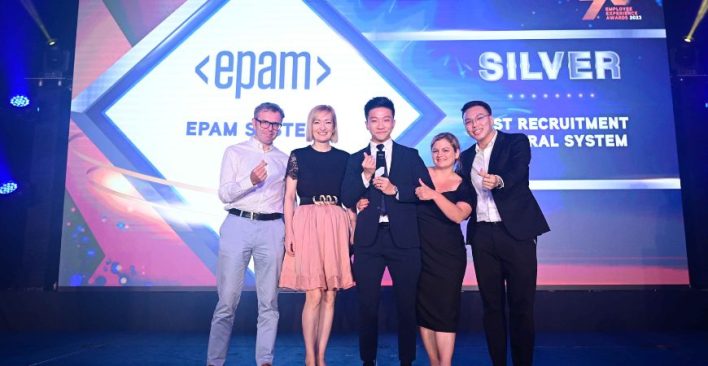What Do Success Profiles Look Like?

Developing a search plan from a job description (JD) or a few words in an email can be difficult, especially if it’s a challenging skill set or one you haven’t sourced for in the past.
A while back, I had a project to source a Corn Seed Scientist, someone who develops drought tolerant corn seeds in a laboratory (actually they wanted more than one). They had to be based in South East Asia (Thailand, India, Philippines etc.).
Now, as if looking for Corn Seed Scientist wasn’t challenging enough, having to find a group of them who is located in or is willing to relocate to South East Asia certainly made this a challenge!
What I’m trying to say is, if you have to search for a Corn Seed Scientist online, don’t rely on a position description or a few words in an email because you will be setting yourself up for failure.
Build Success Profiles
So what does a Success profile give you that a job description or a few words in an email in many cases won’t?
Your Success profile should clearly define the level and depth of skills and experience a candidate needs to possess in order to be able to perform the role at the level required. You should also agree with your hiring manager on a scoring framework so that you can score each candidate against a set criteria. This will enable you to gauge the Success profile fit.
Let me give you a real-life example:
We ran a global sourcing project to identify a list of potential professors in the digital media space for a leading Australian University.
After meeting with the dean and professors and probing them on what a successful candidate looks like, we elicited a very clear picture of what was required and agreed upon a scoring framework when validating the profiles. The level and depth of skills and experience we had to match in our sourcing included:
Research Performance & Capability
- Generated grant research funding in excess of $1 million
- Won research grants via industry partnerships
- Published high quality, peer-reviewed, research articles and journals (e.g. 5 to 6 per year)
- Published high quality, peer-reviewed, books or book chapters (e.g. minimum of 5 books)
- Undertaken high-level research and consultancy projects in the Media industry
Content Specialisation
- Contemporary broadcast or Internet media
- Social media & social convergence
Profile
- Possesses a recognised and international track record (e.g. on research, leadership of PHD students, graduate teaching etc.)
- Has a good standing and a visible public profile within the academic community, media industry (traditional & online key stakeholders) and the government
- Seen as thought leader, able to influence industry discussion trends
- Body of work is Asia-focused
Industry/University Sector
- Interdisciplinary collaboration (e.g. with colleagues in law, economics, business, education or information technology)
- Expansion of international joint PhD programmes (e.g. standing invitations)
Network Reach
- Must have network following of similar people with common industry interest
The Outcome
This may not sound like a very difficult search, as academics are highly visible online. However, when you are dealing with an educated group of academics who are worried about career suicide, and who are extremely detailed and conservative, you need to paint a very clear picture when presenting a list of potential candidates.
Having a Success profile and agreeing on a scoring framework will help you achieve sourcing success.
Happy sourcing!
Related articles
Leave a Reply
Sign up to our newsletter
Get a weekly digest on the latest in Talent Acquisition.
Deliver this goodness to my inbox!


